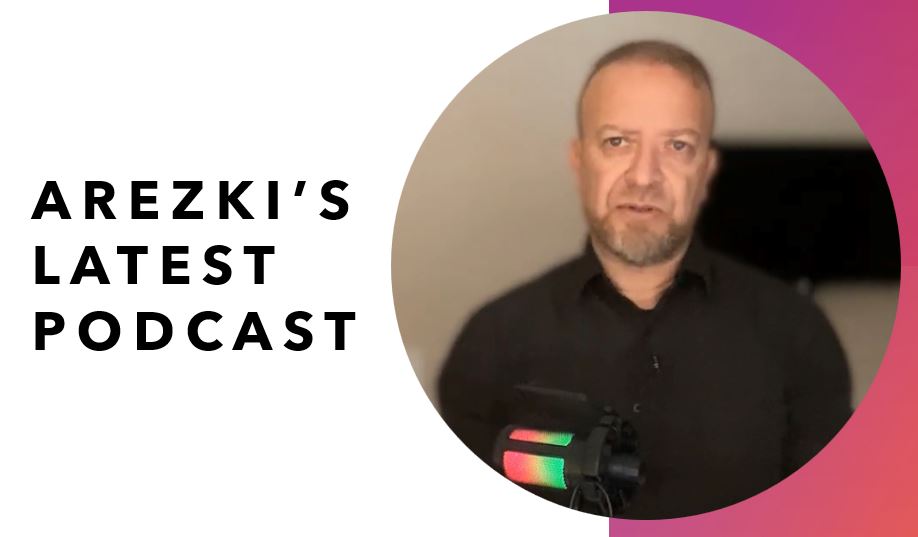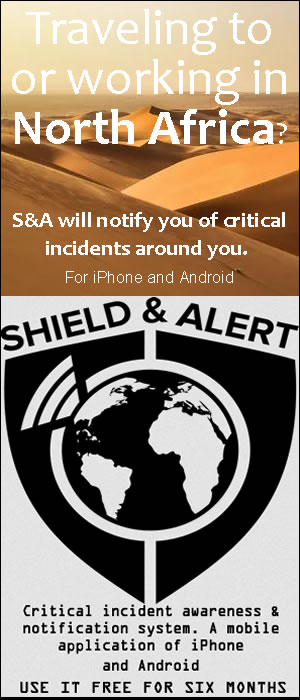 By Olivier Thibault:
By Olivier Thibault:
Rescuers in Morocco were scrambling Sunday to reach people trapped under the rubble after a powerful earthquake that killed more than 2,000 people and decimated entire villages. Here’s what we know so far:
Strongest-ever in Morocco
A 6.8-magnitude quake, according to the US Geological Survey — the strongest in the North African country’s history — struck Friday at 11:11 pm (2211 GMT) in an area of the Atlas mountain range 72 kilometres (45 miles) southwest of the city of Marrakesh. It was also felt in the coastal cities of Rabat, Casablanca and Essaouira, as well as Agadir which in the 1960s had to be completely rebuilt after a devastating tremor.
Historic city hit
Friday’s quake caused damage in the tourist hotspot of Marrakesh which is famed for its sprawling medina, or old town, a UNESCO-listed World Heritage Site of ochre-coloured palaces and markets. The city’s 12th-century ramparts partially collapsed. Fearing their homes might collapse too, some residents spent the past two nights camped out on the vast Jemaa el-Fna square.
Atlas villages crumple
The worst destruction took place in the remote villages of the High Atlas, in the provinces of Al-Haouz and Taroudant. The mud-brick villages of Tafeghaghte and Moulay Brahim, near the quake’s epicentre, were almost completely destroyed, AFP reporters witnessed. In Tafeghaghte alone, some 70 victims out of a population of around 100 people were buried on Saturday.
Deaths mount
The quake killed at least 2,012 people and injured 2,059 others, of whom 1,404 are in critical condition, according to the latest figures from Morocco’s interior ministry. Most deaths were recorded in Al-Haouz province, with 1,293, followed by Taroudant where at least 452 lives were lost. One Frenchman was killed, according to French authorities.
Rescue underway
The race is on to get teams with heavy-lifting equipment into the worst-hit areas including hard-to-reach mountain villages. The Moroccan Red Crescent and army are leading the rescue effort. Caroline Holt of the International Federation of Red Cross and Red Crescent Societies said on Saturday that “the next 24 to 48 hours will be critical in terms of saving lives.” Spain has sent 56 rescue workers along with drilling equipment and four search dogs after an official request from Morocco. Other countries are waiting for an invitation to be able to intervene. European Union members, Britain, the United States, Turkey and Israel — which established ties with Rabat in late 2020 — have all expressed solidarity with Morocco and offered help.
Three-day mourning
Morocco on Saturday proclaimed three days of national mourning, following a meeting presided by King Mohammed VI.
THE DETAILS
By Kaouthar Oudrhiri:
Using heavy equipment and even their bare hands, rescuers in Morocco on Sunday stepped up efforts to find survivors of a devastating earthquake that killed more than 2,000 people and flattened villages. The first foreign rescuers flew in to help after the North African country’s strongest-ever quake killed at least 2,012 people and injured more than 2,000, many seriously, according to the official figures.
Friday’s 6.8-magnitude quake struck 72 kilometres (45 miles) southwest of the tourist hub of Marrakesh, wiping out entire villages in the hills of the Atlas mountains.
On Sunday an aftershock of magnitude 4.5 rattled already-traumatised residents in the same region. The mountain village of Tafeghaghte, 60 kilometres from Marrakesh, was almost entirely destroyed, an AFP team reported, with very few buildings still standing.
Amid the debris, civilian rescuers and members of Morocco’s armed forces searched for survivors and the bodies of the dead. AFP saw them recover one body from the ruins of a house. Four others were still buried there, residents said. “Everyone is gone! My heart is broken. I am inconsolable,” cried Zahra Benbrik, 62, who said she had lost 18 relatives, with only the body of her brother still trapped. “I want them to hurry and get him out so I can mourn in peace,” she said.
Many houses in remote mountain villages were built from mud bricks. In the village of Amizmiz, near Tafeghaghte, a backhoe dragged away the heaviest pieces of rubble before rescuers dug into the dusty debris with their bare hands to remove a body that appeared to be under a quilt.
The crucial hours
The two villages lie in Al-Haouz province, site of the quake epicentre, which suffered the most deaths, 1,293, followed by Taroudant province with 452 lives lost, authorities reported. Citizens on Sunday rushed to hospitals in Marrakesh to donate blood to help the injured. Spain’s defence ministry said an A400 airlifter took off from Zaragoza with 56 rescuers and four search dogs headed for Marrakesh to “help in the search and rescue of survivors”. “We will send whatever is needed because everyone knows that these first hours are key, especially if there are people buried under rubble,” Defence Minister Margarita Robles told Spanish public television.
Many residents of the usually bustling tourist hotspot of Marrakesh spent a second night sleeping on the streets, huddled together under blankets and among bags filled with their belongings. One of them, Fatema Satir, said many stayed outside for fear of their houses collapsing.
“There is no help for us,” Satir said. “Our houses have been cracked, others destroyed — like my daughter’s house which was wiped out. We are in a chaotic state.”
In the city’s historic Jemaa el-Fna square, about 20 people were huddled on the ground, wrapped in blankets, while others stayed on the lawn of the nearby town hall, its 12th-century ramparts partially collapsed. The kingdom declared three days of national mourning, and a prayer for the quake victims was to be held Sunday in all of the kingdom’s mosques. Morocco’s interior ministry said on Saturday evening that authorities are “mobilised to speed up rescue operations and evacuate the injured.”
In addition to Spain, several countries offered aid. French President Emmanuel Macron said his country has mobilised “all technical and security teams to be able to intervene, when the Moroccan authorities deem it useful.” Macron, along with Indian Prime Minister Narendra Modi and the heads of the World Bank, International Monetary Fund, African Union and European Commission, also pledged, in a joint statement, to “mobilise our technical and financial tools and assistance” to help the people of Morocco.
Long recovery ahead
The United States said it also had search-and-rescue teams ready to deploy, and Pope Francis on Sunday again expressed support for those affected by the disaster. “I thank the rescuers and all those who are working to alleviate the suffering of the people,” he said from the Vatican window above St Peter’s Square.
Algeria, which has long had tense relations with neighbouring Morocco, opened its airspace, which had been closed for two years, to flights carrying humanitarian aid and evacuating the injured.
Israeli Prime Minister Benjamin Netanyahu, whose country in 2020 established ties with Morocco, offered to send search-and-rescue teams, declaring that “Israel stands by Morocco in its difficult time”.
The Red Cross warned that it could take years to repair the damage. “It won’t be a matter of a week or two… We are counting on a response that will take months, if not years,” said Hossam Elsharkawi, its Middle East and North Africa director.
The quake was the deadliest in Morocco since a 1960 earthquake destroyed Agadir and killed more than 12,000 people.








